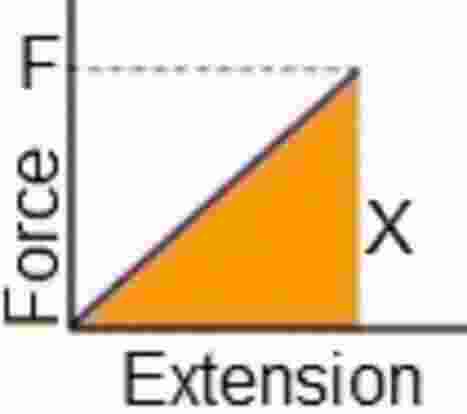Elastic behavior of Solids
Elasticity is the ability of a body to resist a distorting influence or stress and to return to its original size and shape when the stress is removed.
Solid objects will deform when forces are applied on them. If the material is elastic, the object will return to its initial shape and size when these forces are removed.
To a greater or lesser extent, most solid materials exhibit elastic behaviour, but there is a limit to the magnitude of the force and the accompanying deformation within which elastic recovery is possible for any given material.
This limit, called the elastic limit, is the maximumstress or force per unit area within a solid material that can arise before the onset of permanent deformation.
Stresses beyond the elastic limit cause a material to yield or flow. For such materials the elastic limit marks the end of elastic behaviour and the beginning of plastic behaviour.
For most brittle materials, stresses beyond the elastic limit result in fracture with almost no plastic deformation.

Factors
There are following factors affecting elasticity:
1. Effect of stress
Even within the limit of elasticity, it loses its elastic characteristic when a solid is exposed to a high number of cycles of stresses. As a result, the material's operating stress should be kept lower than the ultimate tensile strength and the safety factor.
Effects of temperature
Temperature affects the elastic properties of materials. The elasticity increases with lower temperature and decreases with higher temperature.
Effect nature of crystals
The flexibility of crystals also depends on whether they are single crystals or polycrystals. Single crystals have high elasticity, while polycrystals have low elasticity.
Effect of annealing
Annealing is a procedure that involves heating a material to a very high temperature and then cooling it slowly. Typically, this technique is used to improve the material's softness and ductility. However, annealing a material causes the production of big crystal grains, which lowers the material's elastic properties.
Effect of impurities
The presence of impurities causes variations in it's elastic properties. The type of impurity introduced to it determines how much elasticity it gains or loses.
Key points on elastic behaviour of solids
An elasticable solid is one that regains its original shape and size when deforming forces are removed.
A plasticable Solid is one that succumbs to deforming forces (however small) and cannot return to its original shape and size.
Elasticity is the property of a body to regain its original shape and size when deforming forces are removed. It exhibits an opposition to change.
Similarity between elasticity and plasticity
Both are the qualities of Solid.
Both forms of deformations can occur as a result of any sort of loading (normal, shear or mixed).
Based on application, both elastic and plastic deformations might be advantageous.
Difference between elasticity and plasticity
The elasticity is the quality of solid material which allows it to restore its origanl form once external stress is removed and exhibit linear stress-strain behaviour. Where as plasticity is the characteristic of a solid substance that allows it to keep its distorted shape even when the external load is removed and stress-strain curve is non-linear.
The amount of elastic deformation is minimal where as the amount of plastic distortion is substantial.
The amount of external force necessary to bend a solid elastically is relatively tiny where a plastic deformation needs a greater amount of force.
Within this elastic zone, Hooke's Law of elasticity applies. Hooke's Law does not apply if material is plastically distorted.
